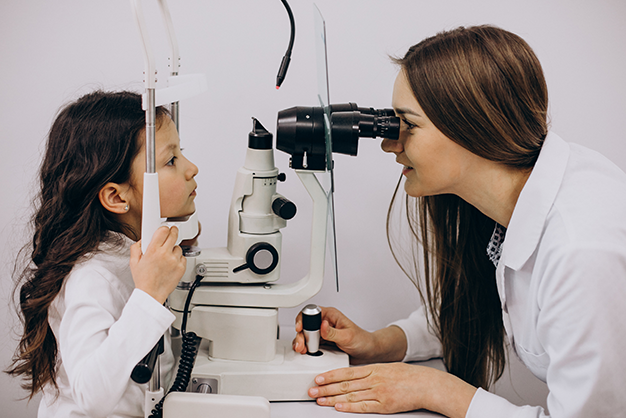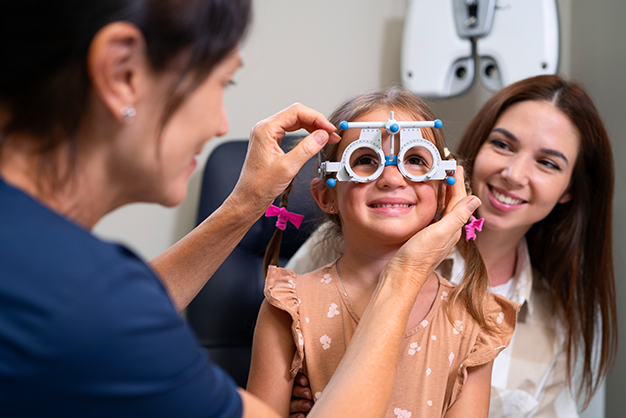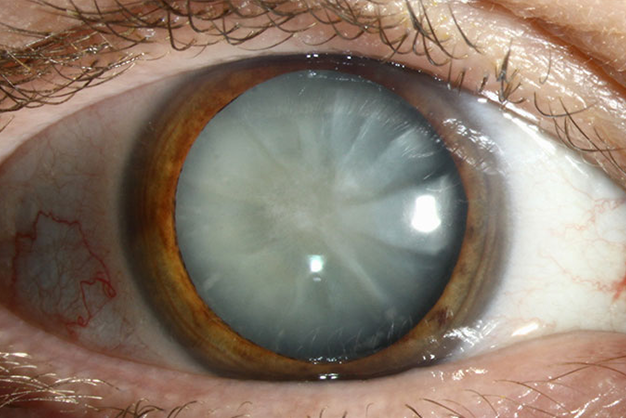
Ophthalmology
Understanding Ophthalmology: A Comprehensive Overview of Eye Health
February 2024

A child's vision is a precious gift that shapes their understanding of the world and influences their overall development. Pediatric ophthalmology plays a pivotal role in safeguarding and optimizing children's visual health. This article explores the importance of pediatric eye care, common eye conditions affecting children, and the proactive measures parents can take to ensure their child's eyesight remains clear and vibrant.
The Significance of Pediatric Ophthalmology: Early Intervention for Lifelong Vision :
Pediatric ophthalmology focuses on the unique eye care needs of children, from infancy through adolescence. Early detection and intervention are critical during these formative years, as visual development is closely linked to overall cognitive and motor skill development.
Key Aspects :
Common Pediatric Eye Conditions: Beyond Nearsightedness and Farsightedness :
Proactive Measures for Parents: Nurturing Healthy Vision in Children :
Building a Foundation for a Lifetime of Clear Vision :
Pediatric ophthalmology not only addresses immediate concerns but also lays the groundwork for a lifetime of healthy vision. By prioritizing regular eye check-ups and promptly addressing any issues, parents can contribute to their child's overall well-being and ensure that their journey through childhood is seen through the clear and vibrant lens of healthy eyesight.

Ophthalmology
February 2024